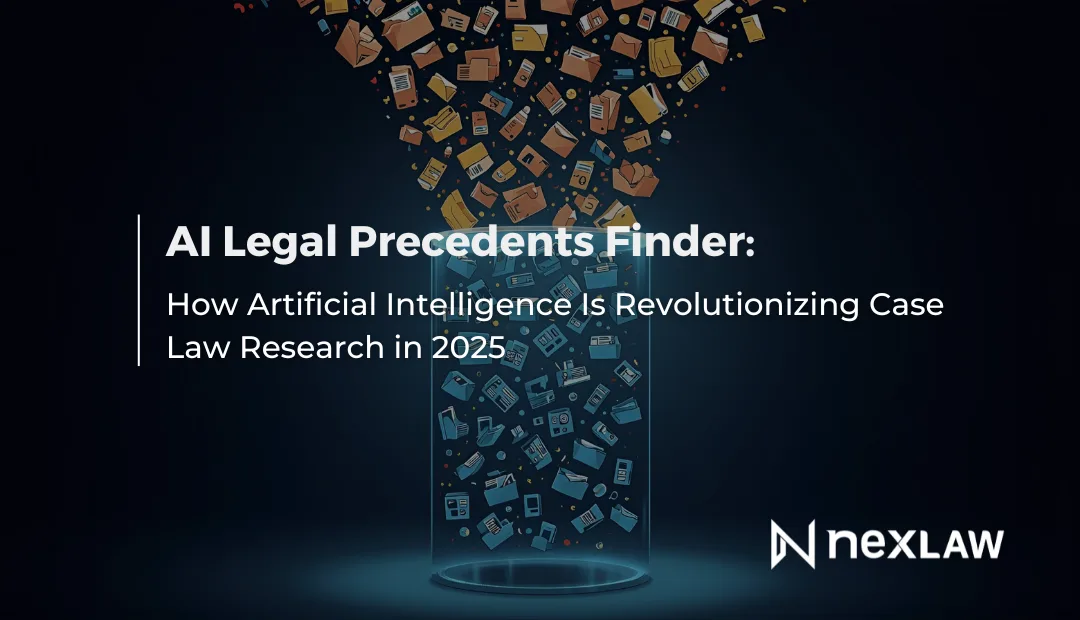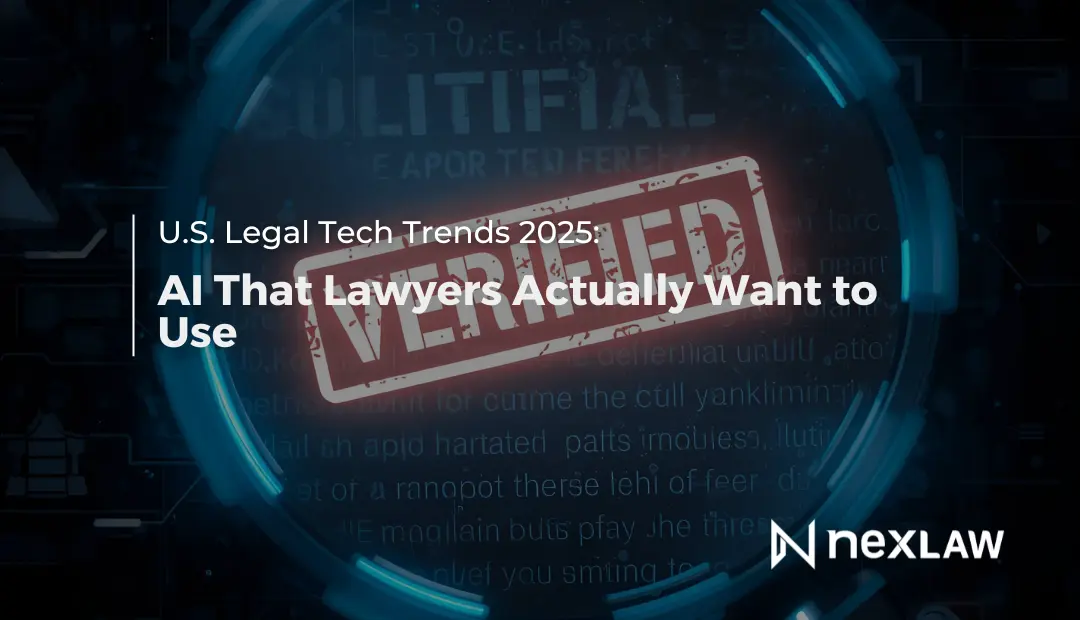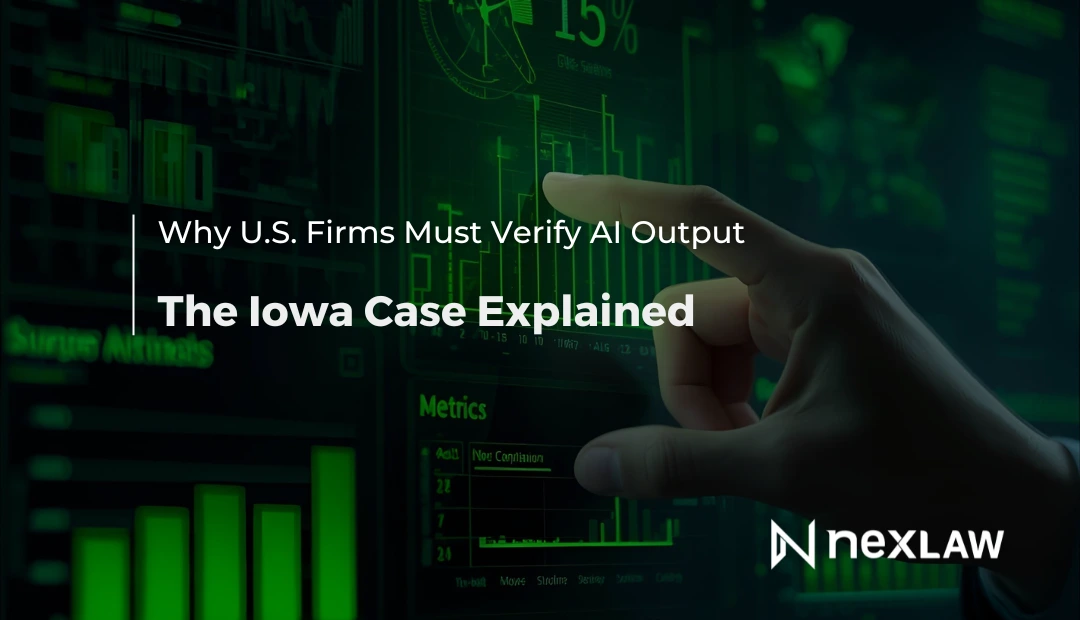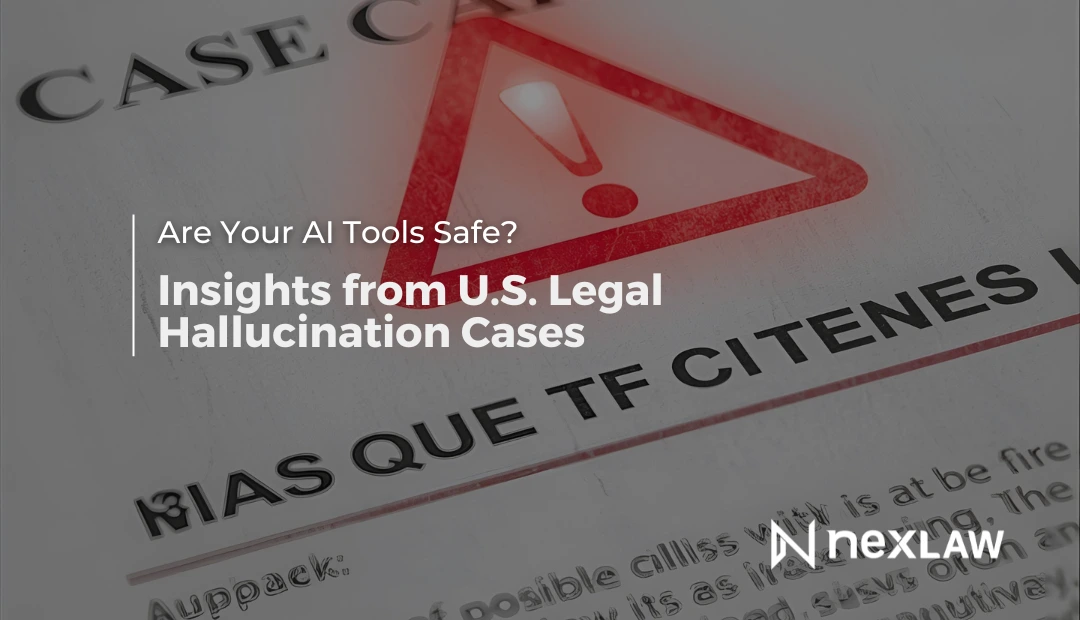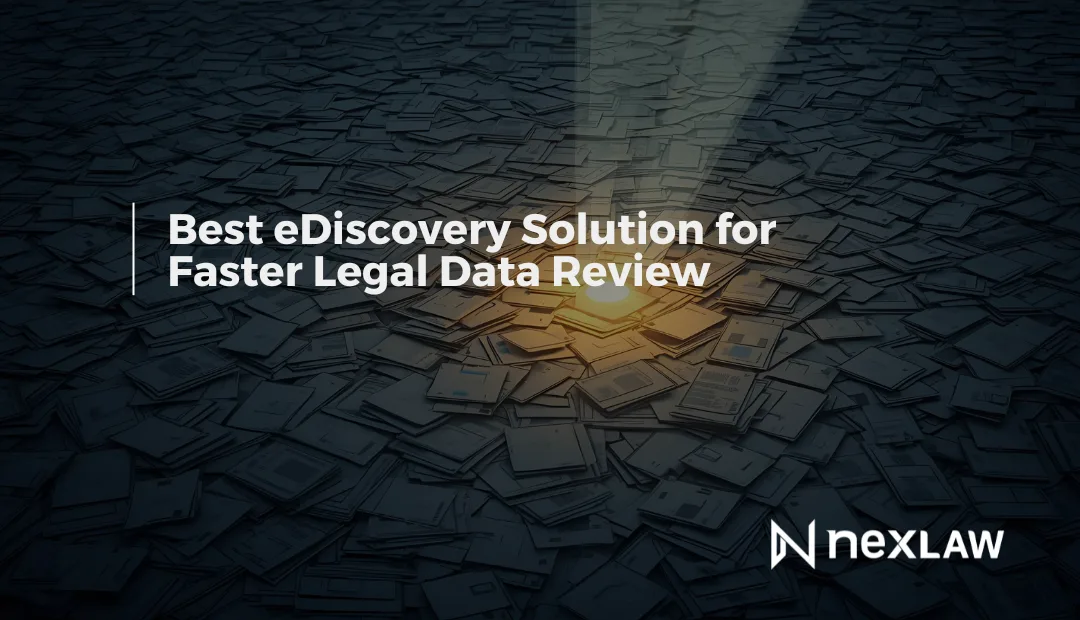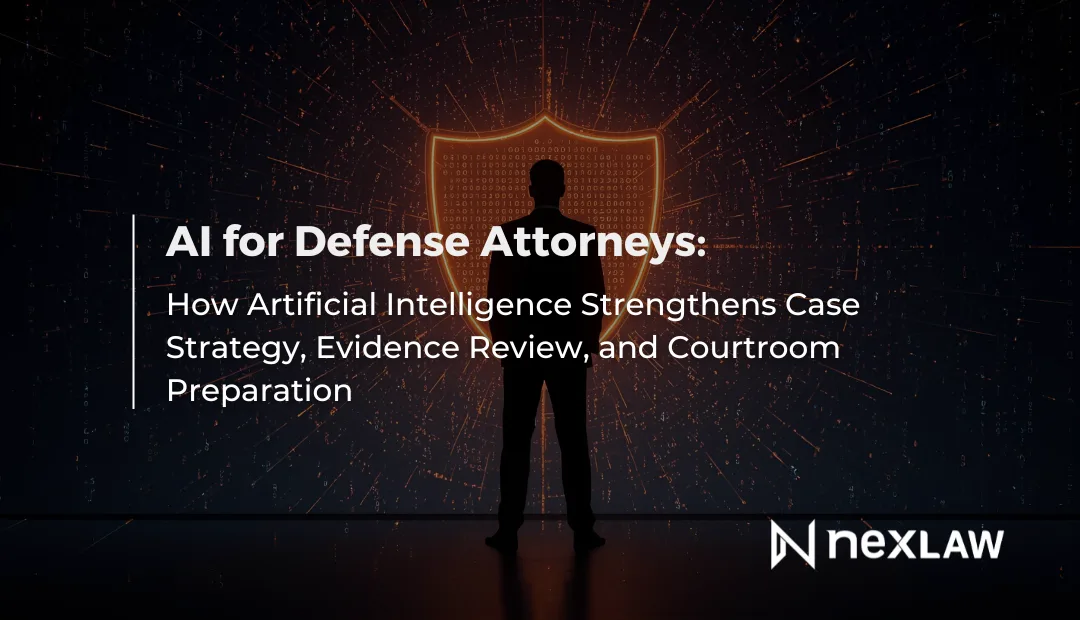AI Legal Precedents Finder: How Artificial Intelligence Is Revolutionizing Case Law Research in 2025
Legal research is the foundation of effective advocacy. Finding the right precedent—the case with facts, legal issues, and holdings that align perfectly with your matter—can make or break a motion, brief, or trial. Yet traditional legal research remains one of the most time-consuming, expensive, and frustrating aspects of legal practice.
Unlock Legal Insights Instantly!
Attorneys spend hours navigating databases like Westlaw and LexisNexis, searching through hundreds of potentially relevant cases, reading opinions to assess relevance, and Shepardizing citations to verify their status. Junior associates bill countless hours on research that yields inconsistent results. Partners worry about missed cases that opposing counsel might find. And clients question why legal research costs thousands of dollars and takes days to complete.
Enter the AI legal precedents finder—a transformative technology that’s fundamentally changing how lawyers research case law. By leveraging artificial intelligence, natural language processing, and machine learning, modern precedent finders can analyze your legal documents, identify key issues, search comprehensive case law databases, and deliver ranked, relevant precedents in minutes instead of hours.
In this comprehensive guide, we’ll explore how AI legal precedents finders work, why they’re superior to traditional research methods, and how leading litigators are using this technology to strengthen their arguments, reduce costs, and gain competitive advantages.
The Crisis in Traditional Legal Research
Before exploring AI solutions, it’s essential to understand why traditional legal research is broken:
Time Inefficiency
Manual legal research is extraordinarily time-consuming. An attorney researching a moderately complex motion might spend 4-6 hours searching databases, reading cases, and verifying citations. For complex appellate briefs or summary judgment motions, research can consume 20-40 hours or more. This time burden has several consequences:
- Billing Pressure: Associates feel pressure to bill hours but know clients are increasingly resistant to research charges
- Delayed Responses: Time-consuming research delays motion responses and brief filings
- Opportunity Cost: Hours spent on basic research could be devoted to strategy, client counseling, and other high-value work
Inconsistent Quality
Research quality varies dramatically based on:
- Researcher Experience: Junior associates may lack the pattern recognition and judgment to identify truly relevant cases
- Search Strategy: Different keyword choices yield vastly different results, and researchers may not know the optimal search terms
- Database Limitations: Boolean searches and key number systems require understanding complex syntax and taxonomy
- Fatigue: As researchers review dozens of cases, attention wanes and relevant cases get overlooked
Cost Problems
Traditional research is expensive:
- Database Subscription Costs: Westlaw and LexisNexis subscriptions cost firms $1,500-$3,000+ per attorney annually
- Transactional Pricing: Per-search or per-case charges add up quickly on large matters
- Billable Hour Costs: 4-6 hours of associate time at $300-500/hour means $1,200-$3,000 per research project
- Client Resistance: Clients increasingly push back on research charges, especially for routine motions
Risk of Missing Critical Cases
The most dangerous problem: missing key precedents. Traditional research might miss critical cases because:
- Wrong Keywords: The perfect case exists but uses different terminology than your search terms
- Unpublished Opinions: Important precedents may be unpublished or difficult to find in traditional databases
- Recent Decisions: Very recent cases may not yet be fully indexed
- Citation Chains: The most relevant case may not appear in initial searches but is only discoverable through citation analysis
When opposing counsel cites a controlling case you missed, it damages your credibility, weakens your argument, and potentially changes case outcomes.
What Is an AI Legal Precedents Finder?
An AI legal precedents finder is a technology platform that uses artificial intelligence to automate and enhance legal research. Unlike traditional keyword-based search tools, AI precedent finders understand legal concepts, analyze factual patterns, and identify relevant case law based on conceptual similarity rather than just keyword matching.
Core Capabilities
Modern AI legal precedents finders offer:
Document Upload Intelligence: Upload a complaint, motion, brief, or legal memorandum, and the AI automatically extracts key facts, legal issues, claims, defenses, and relevant legal concepts—no keyword drafting required.
Issue Identification: The AI identifies the central legal issues in your document, understanding not just what words appear but what legal questions need answering.
Conceptual Search: Rather than matching keywords, AI understands the meaning and context of your legal issues and searches for cases addressing similar concepts, even when different terminology is used.
Relevance Ranking: Results are ranked by true relevance based on factual similarity, legal issue alignment, jurisdictional authority, and citation treatment—not just keyword frequency.
Jurisdiction Filtering: The system prioritizes controlling precedents from your jurisdiction while identifying persuasive authority from other jurisdictions when helpful.
Citation Verification: Automatic Shepardizing checks every case’s current status, flagging overruled, distinguished, or criticized cases before you rely on them.
Key Language Extraction: The AI pulls the most relevant quotes, holdings, and legal reasoning from each case—the exact language courts used when addressing issues similar to yours.
How AI Legal Precedents Finders Work: The Technology Explained
Understanding the technology behind AI legal precedents finders helps explain their superior performance:
Natural Language Processing (NLP)
Advanced NLP enables AI to read and understand legal text like an experienced attorney:
- Legal Concept Recognition: The AI recognizes legal doctrines, standards, tests, and concepts even when expressed in different ways
- Factual Pattern Analysis: The system identifies factually similar cases by understanding the relationships between facts, not just matching individual facts
- Procedural Posture Understanding: The AI recognizes procedural contexts (motion to dismiss, summary judgment, trial, appeal) and prioritizes cases from similar procedural stages
Machine Learning and Training
AI legal precedents finders are trained on millions of legal documents:
- Case Law Corpus: Training on vast databases of judicial opinions teaches the AI how courts analyze issues and apply precedents
- Briefs and Memoranda: Training on legal arguments helps the AI understand how attorneys frame issues and use precedents
- Continuous Learning: The system improves over time as it processes more documents and receives attorney feedback
Semantic Search and Vector Embeddings
Modern AI doesn’t just match keywords—it understands meaning:
- Concept Mapping: The AI maps legal concepts into multi-dimensional semantic spaces where similar concepts cluster together
- Synonym Recognition: The system knows that “breach of contract” and “failure to perform contractual obligations” refer to the same concept
- Context Awareness: The AI distinguishes between different uses of the same term based on context (e.g., “consideration” in contract law vs. “consideration” in motion practice)
Relevance Scoring Algorithms
Sophisticated algorithms rank results by true relevance:
- Factual Similarity: How closely do the case facts align with your matter?
- Legal Issue Alignment: Does the case address the same legal questions?
- Jurisdictional Weight: Is this controlling authority, persuasive authority, or from an irrelevant jurisdiction?
- Citation Treatment: How has this case been treated by subsequent courts?
- Recency: Recent cases may reflect current legal thinking more accurately
Key Advantages of AI Legal Precedents Finders Over Traditional Research
1. Dramatic Time Savings
The most immediate benefit is speed:
- Minutes Instead of Hours: What once took 4-6 hours can now be completed in 2-4 minutes
- 80% Reduction in Research Time: Leading AI legal precedents finders reduce research time by 80% or more
- Instant Issue Identification: No time spent formulating search queries or identifying issues—the AI does this automatically
No Database Navigation: No clicking through search interfaces, refining queries, or navigating complex taxonomy systems
Real-World Example: A litigator uploads a breach of contract complaint. In 3 minutes, the AI returns 25 ranked precedents addressing contract interpretation, damages, good faith and fair dealing, and statute of limitations issues—research that would have taken 5 hours manually.
2. Superior Case Discovery
AI finds cases human researchers miss:
- 92% of Users Find Cases Missed Manually: Studies show AI legal precedents finders consistently identify relevant cases overlooked in traditional research
- Conceptual Similarity: AI finds cases with similar legal reasoning even when keyword searches wouldn’t surface them
- Unpublished Opinions: AI searches include unpublished decisions that may be highly relevant
- Citation Network Analysis: AI explores citation chains to find indirect precedents human researchers wouldn’t discover
Real-World Example: An attorney researching employment discrimination issues uploads an EEOC complaint. The AI identifies a recent unpublished decision from her jurisdiction with nearly identical facts that manual research missed because it used different terminology. This case becomes the centerpiece of her motion strategy.
3. Consistent, Objective Quality
AI eliminates research variability:
- No Researcher Fatigue: The 50th case receives the same analytical rigor as the first
- Elimination of Cognitive Bias: AI doesn’t preferentially weight cases that confirm preexisting theories
- Standardized Analysis: Every research project receives comprehensive, consistent analysis
- Junior Associate Augmentation: Less experienced researchers produce senior-quality results with AI assistance
4. Comprehensive Coverage
AI searches more broadly than humans can:
- Entire Database Analysis: AI can analyze all potentially relevant cases, not just the subset a human has time to review
- Multiple Issue Recognition: AI identifies all legal issues in your document, not just the ones you initially recognized
- Cross-Jurisdictional Insights: AI easily identifies persuasive authority from other jurisdictions that might be missed in manual research
5. Automatic Citation Verification
Built-in Shepardizing saves time and prevents errors:
- Real-Time Status Checks: Every case is automatically checked for current validity
- Negative Treatment Flags: Cases that have been overruled, distinguished, or criticized are clearly marked
- Treatment History: See how subsequent courts have applied or distinguished each precedent
- Citation Confidence: Cite precedents with confidence knowing they’re current good law
6. Cost Efficiency
AI dramatically reduces research costs:
- $900 Average Savings Per Search: Reduced billable hours and database costs add up quickly
- Subscription vs. Hourly Billing: Flat-rate AI subscriptions eliminate per-search database charges
- Increased Capacity: Attorneys can research more motions and briefs without proportional cost increases
- Client Satisfaction: Lower research charges improve client relationships
How to Use an AI Legal Precedents Finder: A Step-by-Step Workflow
Implementing an AI legal precedents finder in your practice is straightforward:
Step 1: Upload Your Document
- Supported Formats: Upload complaints, motions, briefs, contracts, memoranda, or even opposing counsel’s filings
- Document Types: The AI works with virtually any legal document that raises legal issues
- No Preparation Required: Upload the document as-is—no need to highlight issues or formulate queries
Step 2: AI Analysis and Issue Extraction
The AI automatically:
- Reads and analyzes your entire document
- Identifies key facts, claims, defenses, and legal issues
- Extracts the legal questions that need researching
- Formulates optimal search strategies
Step 3: Comprehensive Precedent Search
Behind the scenes, the AI:
- Searches comprehensive case law databases
- Applies semantic search to find conceptually similar cases
- Analyzes thousands of potentially relevant precedents
- Ranks results by relevance using sophisticated algorithms
Step 4: Review Ranked Results
You receive:
- Relevance-Ranked Cases: Most relevant precedents appear first
- Relevance Explanations: Understand why each case is relevant
- Jurisdiction Tags: See which cases are controlling vs. persuasive authority
- Citation Status: Know immediately if cases have been negatively treated
- Key Quotes: Read the most relevant court language without opening full opinions
Step 5: Deep Dive and Verification
For the most relevant cases:
- Click through to read full opinions
- Review citation history and treatment
- Export cases to your brief or memorandum
- Save research for future matters
Step 6: Iterate and Refine
If needed:
- Upload additional documents or amended pleadings
- Search for specific sub-issues
- Explore citation networks from initial results
- Compare precedents across jurisdictions
Total Time Investment: 2-4 minutes for comprehensive initial research, plus however much time you choose to spend reading the most relevant cases.
Real-World Applications: Where AI Legal Precedents Finders Excel
Litigation and Motion Practice
Motion to Dismiss Research: Upload the complaint you’re moving to dismiss. The AI identifies legal insufficiencies and finds precedents supporting your Rule 12(b)(6) arguments.
Summary Judgment Motions: Upload fact discovery and identify precedents establishing no genuine issues of material fact or supporting your legal arguments.
Opposition Research: Upload opposing counsel’s motion and instantly find contrary authority to distinguish or counter their precedents.
Reply Briefs: Quickly research cases cited by opposing counsel to find distinguishing facts or negative treatment.
Appellate Practice
Standard of Review Research: Identify precedents establishing the applicable standard of review for each issue on appeal.
Issue Preservation: Find cases addressing whether issues were properly preserved below.
Harmless Error Analysis: Research precedents analyzing whether errors are harmless or reversible.
Unpublished Opinion Research: AI finds relevant unpublished appellate decisions that manual research often misses.
Trial Preparation
Evidence Issues: Research case law on admissibility of specific evidence types or expert testimony.
Jury Instructions: Find cases supporting proposed jury instructions or objecting to opponent’s instructions.
In Limine Motions: Identify precedents for excluding or admitting contested evidence.
Transactional and Advisory Work
Contract Interpretation: Research case law interpreting specific contractual provisions or ambiguous language.
Due Diligence: Identify legal risks in transaction documents by researching case law on similar provisions.
Opinion Letters: Research precedents supporting legal conclusions in opinion letters.
Case Assessment and Strategy
Initial Case Evaluation: Quickly assess the legal landscape when considering new matters.
Settlement Negotiations: Identify precedents establishing valuation benchmarks or litigation risks.
Conflict Checking: Research precedents from opposing counsel’s previous cases to understand their arguments and strategies.
NeXa: The Leading AI Legal Precedents Finder
NeXa’s Find Precedents feature represents the cutting edge of AI-powered legal research, trusted by thousands of attorneys at leading law firms worldwide.
Key Features That Set NeXa Apart
Document Upload Intelligence: Simply upload any legal document—complaint, motion, brief, or memorandum. NeXa automatically identifies key issues, claims, defenses, and relevant legal concepts without requiring you to formulate search queries.
Advanced Relevance Scoring: Each precedent is ranked by relevance based on factual similarity, legal issue alignment, jurisdiction weight, and citation treatment. You see the most relevant cases first, with clear explanations of why each case matters.
Jurisdiction Filtering: NeXa prioritizes controlling cases from your jurisdiction while highlighting persuasive federal or out-of-jurisdiction authorities when applicable. You get the right authority for your specific matter.
Automatic Citation Verification: Every citation is checked for accuracy and current status. NeXa flags overturned or negatively treated cases before you rely on them, eliminating the separate Shepardizing step.
Automatic Issue Extraction: NeXa identifies all key legal issues within your document, ensuring comprehensive research that doesn’t miss important questions.
Key Language Extraction: NeXa pulls the most relevant court quotes and holdings—the exact language judges used when addressing similar issues—saving you from reading dozens of full opinions to find useful passages.
Proven Results
Attorneys using NeXa’s AI legal precedents finder report:
- 80% reduction in precedent research time compared to manual database searches
- 5x more documents researched per day, enabling attorneys to handle larger caseloads
- 92% of users find cases they missed manually, strengthening their arguments and avoiding surprises
- $900 average cost savings per search when comparing billable hours and database costs
Real Example: Breach of Contract Complaint Analysis
When a litigator uploads an employment breach of contract complaint seeking unpaid bonus damages:
NeXa’s Analysis:
- Automatically identified key issues: contract interpretation, implied covenant of good faith and fair dealing, damages calculation, statute of limitations
- Returned 25 ranked precedents addressing each issue
- Featured concise case abstracts with facts, holdings, and citations
- Highlighted key court language on bonus compensation disputes
- Flagged jurisdiction-specific approaches to damages calculation
- Verified all citations for current validity
Result: Comprehensive research completed in 3 minutes that would have taken 4-6 hours manually, with discovery of cases missed in initial manual research.
Comparing AI Legal Precedents Finder to Traditional Research Methods
| Metric | Manual Research | NeXa AI Precedents Finder |
|---|---|---|
| Time Per Document | 2-6 hours of database searching | 2-4 minutes for complete analysis |
| Research Cost | $400-$1,200 in billable time | 1 credit (included in subscription) |
| Issue Identification | Manual reading and keyword selection | Automatic issue extraction |
| Case Relevance | Subjective judgment, inconsistent results | Objective scoring with explanations |
| Citation Checking | Separate Shepardizing step required | Automatic verification included |
| Coverage Completeness | Risk of missing relevant cases | Comprehensive database search |
| Jurisdiction Prioritization | Manual filtering and sorting | Automatic jurisdiction ranking |
| Quality Consistency | Varies by researcher experience and fatigue | Consistent, objective analysis |
| Cases Found | Dependent on search terms chosen | 92% find cases missed manually |
| Learning Curve | Requires database expertise | Intuitive document upload |
Addressing Common Concerns About AI Legal Precedents Finders
“Can AI Really Understand Complex Legal Issues?”
Yes. Modern legal AI trained on millions of judicial opinions and legal documents understands legal concepts, doctrines, and reasoning patterns with remarkable sophistication. The AI recognizes:
- Constitutional law principles and tests
- Statutory interpretation canons
- Common law doctrines across practice areas
- Procedural rules and standards
- Factual patterns and analogies courts find persuasive
However, AI is a tool that augments attorney judgment, not a replacement. Attorneys still review AI-identified precedents, assess their applicability, and determine research strategies. The AI accelerates finding relevant cases; attorneys provide legal analysis and strategic application.
“What About AI Hallucinations and Fake Cases?”
Reputable AI legal precedents finders like NeXa do not generate or hallucinate cases. They search real case law databases and return actual judicial opinions. The AI finds and ranks real cases; it doesn’t create fictional ones.
This distinguishes legal research AI from generative AI tools that might create content. Legal research AI is fundamentally a search and analysis tool, not a content generation tool.
Always verify that your AI legal precedents finder:
- Searches verified case law databases
- Provides direct citations to real cases
- Includes links to full opinions
- Offers citation verification
“Will AI Miss Important Cases?”
Research shows AI legal precedents finders typically find more relevant cases than manual research. The 92% statistic—that users find cases missed in manual research—demonstrates AI’s superior coverage.
AI searches more comprehensively because it:
- Analyzes entire databases, not just cases a human has time to review
- Uses conceptual similarity, finding cases with relevant reasoning even when keyword searches fail
- Explores citation networks systematically
- Doesn’t suffer from fatigue or confirmation bias
However, best practice is combining AI with attorney judgment: use AI for comprehensive initial research, then apply your legal expertise to identify which precedents are most persuasive and applicable.
“Is AI Research Ethically Permissible?”
Yes. Using AI for legal research is explicitly permissible under professional responsibility rules, provided attorneys:
- Maintain Competence: Understand how the AI works and its limitations
- Supervise and Verify: Review AI-identified precedents and verify citations
- Protect Confidentiality: Use platforms with appropriate security measures
- Exercise Independent Judgment: Make final research and strategic decisions yourself
The ABA’s Model Rules recognize that lawyers can use technology to improve efficiency and quality. AI legal research tools are analogous to traditional research databases like Westlaw—tools that augment, not replace, attorney judgment.
Some argue attorneys have an ethical duty to use AI research tools when they demonstrably improve research quality and reduce client costs.
“What About Data Security and Confidentiality?”
Reputable AI legal research platforms are built with attorney-client privilege and confidentiality in mind:
- No Training on Your Data: Uploaded documents aren’t used to train AI models
- Encryption: Documents are encrypted in transit and at rest
- Access Controls: Role-based permissions control access
- Compliance: Platforms comply with data protection regulations and professional responsibility rules
Always verify that AI platforms you use have appropriate security measures and clear data handling policies.
“Won’t AI Replace Junior Associates?”
AI legal precedents finders don’t replace attorneys—they make them more efficient and effective. AI reshapes roles:
Traditional Junior Associate Role:
- Spend 60% of time on manual database searches
- Read hundreds of cases to find relevant passages
- Miss cases due to suboptimal search strategies
- Bill 40+ hours on research for major motions
- Perform repetitive, tedious work
AI-Augmented Junior Associate Role:
- Use AI for comprehensive initial research (minutes, not hours)
- Focus time on reading the most relevant cases AI identifies
- Find cases that manual research missed
- Deliver better research in a fraction of the time
- Focus on learning legal analysis and strategy
Junior associates still develop critical skills—legal analysis, strategic thinking, persuasive writing—but more efficiently and with better results.
Best Practices for Implementing AI Legal Precedents Finders in Your Practice
For Solo Practitioners and Small Firms
- Start Simple: Choose one case type you handle frequently and use AI for all research on those matters.
- Track Results: Document time savings and cases found to justify the investment and build confidence.
- Market the Advantage: Inform clients that you use AI research technology for faster, comprehensive, cost-effective services.
- Competitive Positioning: AI research capabilities can differentiate your practice from competitors.
For Mid-Size and Large Firms
- Firm-Wide Rollout: Implement AI finders across all practice groups.
- Training Programs: Develop workflows to ensure all attorneys understand AI capabilities and limitations.
- Quality Control: Establish review protocols to verify AI-identified precedents.
- Billing Guidelines: Develop clear policies for AI-assisted research.
- Metrics and ROI: Track time, costs, and case discovery to demonstrate value.
For In-House Legal Departments
- Volume Management: Manage higher research volumes without expanding headcount.
- Outside Counsel Management: Set expectations for outside counsel to use AI research tools.
- Risk Mitigation: Comprehensive research on compliance, contracts, and regulatory analysis.
- Knowledge Management: Build a repository of AI-researched precedents for recurring legal issues.
The Future of AI Legal Precedents Finders
AI legal research technology continues to evolve rapidly. Emerging capabilities include:
Predictive Litigation Analytics
Future AI systems will not just find precedents but predict:
- How courts are likely to rule on specific issues based on precedent patterns
- Which arguments are statistically most successful
- What fact patterns correlate with favorable outcomes
- Settlement value ranges based on comparable cases
Judicial Preference Analysis
AI will analyze individual judges’ opinions to identify:
- Interpretive approaches and philosophies
- Types of arguments they find persuasive
- Precedents they cite most frequently
- Writing styles and reasoning patterns
This enables tailoring arguments to specific judges’ preferences and priorities.
Real-Time Precedent Monitoring
AI will continuously monitor new cases, alerting you when:
- New precedents affect your pending matters
- Opposing counsel’s precedents are distinguished or overruled
- Emerging legal trends affect your practice areas
- New authority becomes available for matters you’ve researched
Multi-Jurisdictional Comparative Analysis
Enhanced AI will simultaneously analyze case law across multiple jurisdictions, identifying:
- Jurisdictional splits on legal issues
- Emerging consensus approaches
- Outlier jurisdictions with unusual precedents
- Forum shopping opportunities based on favorable precedent
Integration with Brief Writing
Future AI will seamlessly integrate research with brief writing:
- Auto-cite relevant precedents in your brief as you write
- Suggest additional authority for specific arguments
- Identify gaps in your legal analysis requiring additional research
- Format citations automatically in proper Bluebook format
Conclusion: AI Legal Precedents Finders Are Transforming Legal Research
Traditional legal research is expensive, time-consuming, inconsistent, and prone to missing critical cases. These problems aren’t minor inefficiencies—they fundamentally impact case outcomes, client costs, and attorney competitiveness.
AI legal precedents finders solve these problems comprehensively. By reducing research time by 80%, finding cases missed in manual research, automatically verifying citations, and delivering consistent quality, AI is transforming legal research from a bottleneck into a competitive advantage.
The benefits are clear and measurable:
- Reduced Costs: $900+ savings per research project
- Time Savings: 2-4 minutes instead of 2-6 hours
- Better Results: 92% find cases missed manually
- Increased Capacity: 5x more documents researched per day
- Consistent Quality: Objective, comprehensive analysis every time
The legal profession is at an inflection point. Early adopters of AI legal precedents finders are already reaping significant advantages in efficiency, cost, quality, and case outcomes. Attorneys who continue to rely exclusively on traditional research methods will find themselves unable to compete on speed, cost, or comprehensiveness.
The question isn’t whether AI will transform legal research—it already has. The question is whether you’ll embrace this transformation now or fall behind competitors who already have.
Ready to reduce your legal research time by 80% and find precedents you’re missing manually? Experience NeXa’s AI Legal Precedents Finder and discover how leading litigators are using artificial intelligence to strengthen arguments, reduce costs, and win more cases. Upload any legal document and receive comprehensive, ranked precedents in minutes—not hours.
